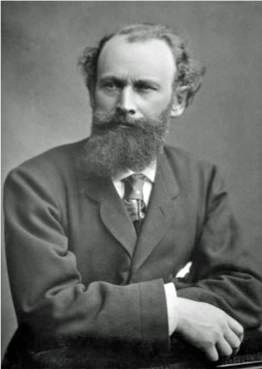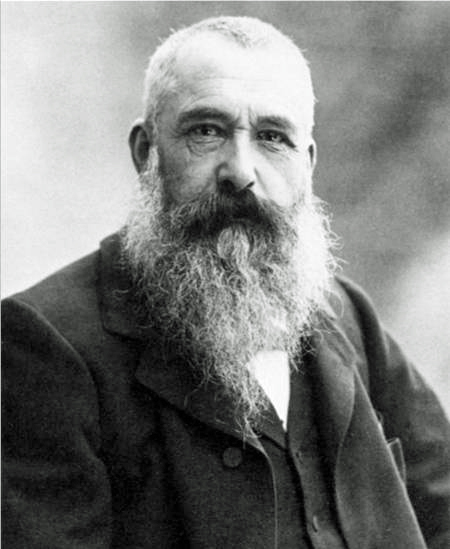 Édouard Manet |
Baudelaire and the Impressionist Revolution |
 Claude Monet |
|
|
Post-ImpressionismPost-Impressionism arose in late 19th Century France and was an extension of Impressionism; however, it was also a rejection of the perceived inherent limitations of Impressionism. The term Post-Impressionist is customarily used to describe the work of the late 19th Century painters Georges Seurat, Paul Gauguin, Vincent van Gogh and Henri de Toulouse-Lautrec. The term is also applied to the later works of Paul Cézanne. All of these painters except van Gogh were French and most of them began as Impressionists, but each of them abandoned the style. The principal aim of Impressionism was to objectively record the natural world in terms of the protean effects of color and light. The Post-Impressionists modified this aim in favor of a more ambitious expression of color and light. They pushed the basic pictorial components of color, line, and composition into new psychological and sociological forms. The work of these painters formed the basis for 20th Century Modernism. The most important Post-Impressionist was Georges Seurat (see below).
Georges Seurat (1859-1891)
The above painting, entitled Un dimanche après-midi à l'Ile de la Grande Jatte (Sunday Afternoon on the Island of La Grande Jatte), was painted in 1886 by the Post-Impressionist painter Georges Seurat. Today this huge work, measuring 7 by 10 feet, is on display at the Art Institute of Chicago. This painting is considered to be the finest example of Pointillism in the world. In this technique, Seurat portrayed the play of light using tiny, point-like brushstrokes of contrasting colors. He created huge compositions, such as the above, with these tiny, pixel-like strokes of pure color which are too small to be distinguished, when perceived at the normal viewing distance. This technique gave his paintings the appearance of extraordinary brilliance. Seurat's personal description of this famous painting was published in the journal Les Hommes d'aujourd'hui, No. 368, an issue devoted to Seurat, as follows:
Seurat has painted a scene from modern life. The location is an island on the river Seine in the outskirts of Paris. The human figures depicted, are all members of the petite bourgeoisie. The people walk, angle, row, recline etc., activities evoking leisure on a typical Sunday afternoon. The very large format chosen by Seurat indicates his desire to make a historical tableau of a contemporary scene at a protean moment. Seurat was introducing new techniques which fused open-air observation, a rigorous academic methodology, and the latest scientific studies of color. Seurat made many subordinate drawings and sketches to make his painting. Many of these drawings were made in the open air that was favored by the Impressionists. Overall, his method was an academic process, involving a separate sketch of each part of the painting, before setting the final composition on canvas. This method was absolutely necessary because large format of the painting; any direct open-air painting on the final canvas was not feasible. In 1886, Seurat displayed his work at the Eighth Impressionist Exhibition, the last Impressionist exhibition ever held. The painting was adversely criticized and even received little enthusiasm from those artists who had exhibited their work in the previous impressionist exhibitions. In my opinion, the Eighth Impressionist Exhibition marked the ending of the Impressionist era.
|
|
|